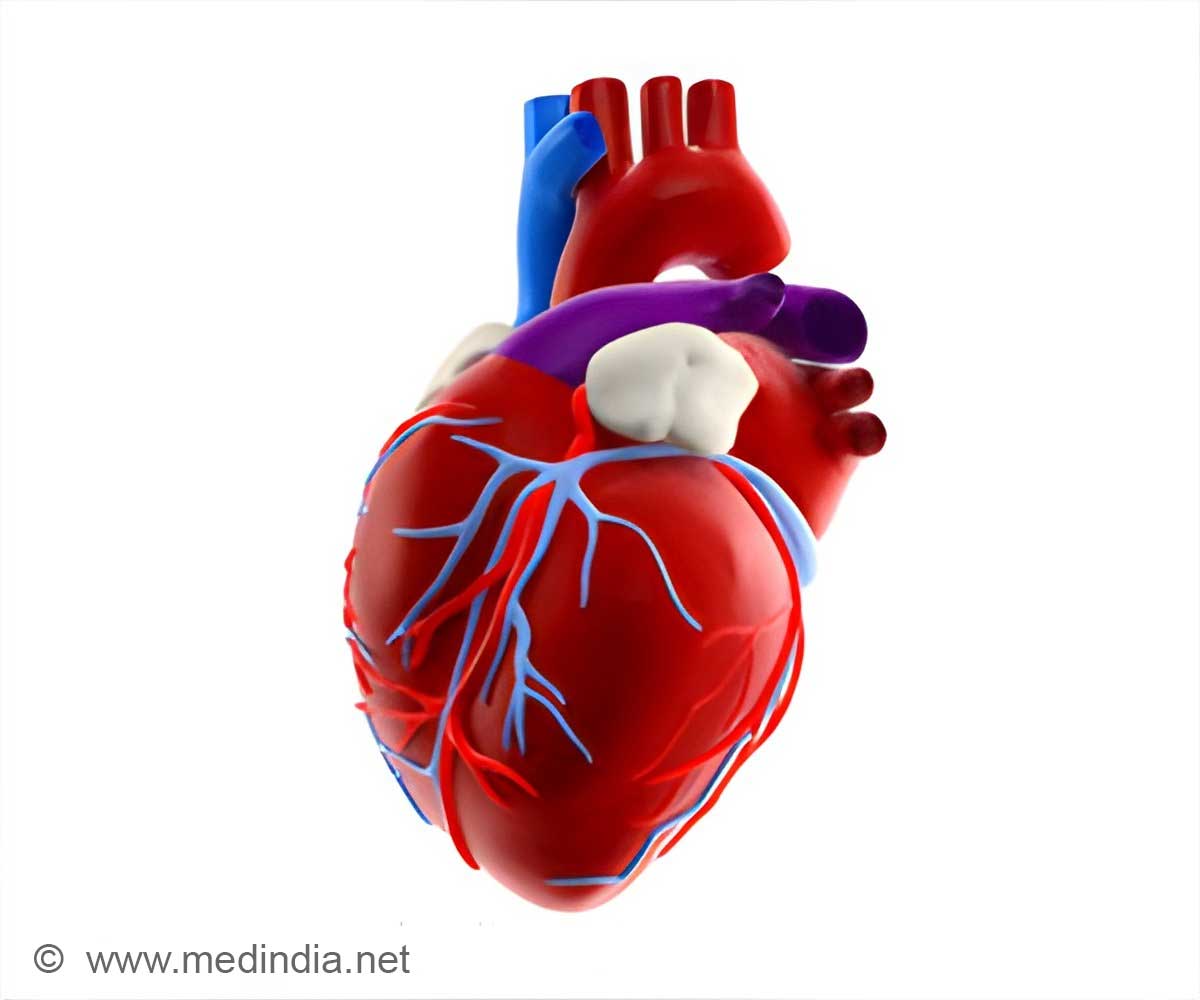Kidneys play a pivotal role in the body. They not only purify the blood of various metabolic waste, but also it helps in regulating blood pressure, maintaining health of the bones, normal haemoglobin (essential for transferring oxygen in the blood from lungs to the tissues), among others.
The common symptoms of kidney disease include fatigue and tiredness, high blood pressure, swelling on feet, puffiness of face, urinary abnormalities, among others.
“Kidney disease may be silent in many patients in the initial stages and be manifested when the disease becomes advanced. Many times the patient may become symptomatic (only) when the disease is advanced,” Dr Amit Gupta, Director & HOD, Nephrology and Kidney transplant, Indraprastha Apollo Hospital, Lucknow, told IANS.
“Kidneys can be a asilent killer’ because kidney disease usually remains silent for a longer period of time. But regular and routine investigations can detect the kidney disease well in time and can be managed before hampering the health of the patient,” added Dr P.N. Gupta, Director & HOD, Nephrology, Paras Hospitals, Gurugram.
Chronic kidney disease (CKD) – a progressive kidney failure over months to years – is majorly caused by diabetes and hypertension. Individuals with a long standing history of diabetes, hypertension, frequent usage of painkillers and family history of kidney disease are more prone to developing CKD, and these must be “screened regularly”.
People at risk should monitor their kidney functions by doing blood and urine tests once in 6 to 12 months, Gupta said.
According to Dr Parth Rana, director of Netralaya Hospital, Ahmedabad, “Approximately 50 per cent patients who have diabetic retinopathy (DR is diabetes complication that affects eyes) suffer from chronic kidney diseases (CKD)”.
In India, over 62 per cent CKD diseases are due to diabetes and diabetic retinopathy affects 18 per cent diabetic population in urban India.
“The prevalence of CKD and DR increases proportionally to the disease duration in Type 2 Diabetes. Additionally, as CKD and DR share common risk factors such as smoking, poor glycemic control, systolic hypertension, or dyslipidemia, development of DR may predict development and progression of CKD,” Rana told IANS.
The common thread between CKD and Diabetic retinopathy is the damage caused by high sugar levels to small blood vessels in the body, he explained.
Patients with CKD are also at a higher risk of age-related ocular diseases. Age-related ocular diseases such as cataract, retinopathy, glaucoma and age-related macular degeneration, are leading causes of blindness in middle aged and elderly adults.
Further, Covid also contributed to an increase in kidney problems among patients already suffering. Multiple studies have shown that individuals with kidney failure are at an increased risk for Covid severity; while others showed that those undergoing dialysis are likely to mount weaker antibody responses after vaccination.
“It is well known that patients with CKD are at higher risk of morbidity and mortality secondary to Covid infection,” said Dr Salil Jain, Director & HOD, Nephrology & Renal Transplant, Fortis Memorial Research Institute, Gurugram.
“There was approximately 30 per cent mortality rate in patients on hemodialysis during the second wave as compared to a normal population where the mortality rate was 10 per cent,” he added.
In hemodialysis, a machine filters wastes, salts and fluid from the blood when the kidneys are no longer healthy enough to do this work adequately.
Source: IANS



